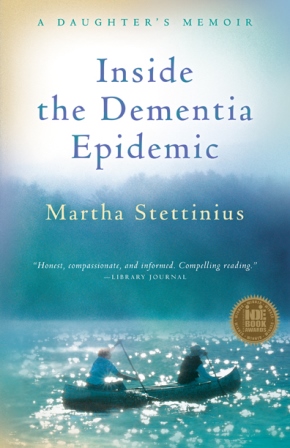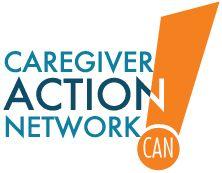Sample: Appendix B: Medications Approved to Relieve Symptoms of Alzheimer's Disease
Two types of prescription medications have been approved by the FDA to treat the symptoms of Alzheimer’s disease. They are not a cure, and while they may lessen the symptoms of the disease, they will not slow its progression.
As enzyme blockers, the first group—the cholinesterase inhibitors—work by restoring the balance of neurotransmitters in the brain. They include Aricept (donepezil HCl), approved by the FDA in 1993; Exelon (rivastigmine), approved in 1997; and Razadyne (galantamine), approved in 2001. Exelon and Razadyne are approved for mild to moderate dementia, and Aricept is approved for mild to severe dementia.
The second type of medication is an N-methyl D-aspartate (NMDA) antagonist. Namenda (memantine), approved in 2003, can delay progression of some symptoms in moderate to severe cases of Alzheimer’s disease. It regulates glutamate, an important brain chemical.
There is evidence that a combination of these two types of medications—Namenda plus a cholinesterase inhibitor—is more effective at relieving the symptoms of Alzheimer’s disease than treatment with only one type. A two-and-a-half-year study by the Memory Disorder Unit at Massachusetts General Hospital, published in 2008, showed that test subjects with mild dementia who took a combination of these drugs experienced a slower decline in memory and function than test subjects who took one type of medication or a placebo. A study published in the Journal of the American Medical Association in 2004 showed similar results with patients with moderate to severe dementia; when those already taking a cholinesterase inhibitor added Namenda, they experienced more of an increase in cognitive function and ability to perform activities of daily living than those solely on a cholinesterase inhibitor. Those on combination therapy also experienced a lower rate of side effects, especially astrointestinal issues.
Sources:
Two types of prescription medications: National Institutes of Health, National Institute on Aging, “Alzheimer’s Disease Medications Fact Sheet,” April 9, 2012, http://www.nia.nih.gov/alzheimers/publication/alzheimers-disease-medications-fact-sheet.
They include Aricept: Dementia SOS: Colorado’s Dementia News and Resource Center, “The Medications for Alzheimer’s,” Jan. 17, 2012, http://www.coloradodementia.org/tag/razadyne.
A two-and-a-half-year: Alireza Atir, MD, PhD; Lynn W. Shaughnessy, BS; Joseph J. Locasio, PhD; John H. Growdon, MD, “Long-term Course and Effectiveness of Combination Therapy in Alzheimer Disease,” Alzheimer’s Disease and Related Disorders, 22(3): 209-211, July/September 2008, http://www.ncbi.nlm.nih.gov/pmc/articles/PMC2718545/
A study published in the Journal: Pierre N. Tariot, MD; Martin R. Farlow, MD; George T. Grossberg, MD; Stephen M. Graham, PhD; Scott McDonald, PhD; Ivan Gergel, MD; for the Memantine Study Group, “Memantine Treatment in Patients with Moderate to Severe Alzheimer Disease Already Receiving Donepezil,” Journal of the American Medical Association, 2004; 291(3): 317-324. www.jamanetwork.com/article.aspx?articleid=198033.
 Alzheimer's disease,
Alzheimer's disease,  dementia,
dementia,  medications
medications 
















